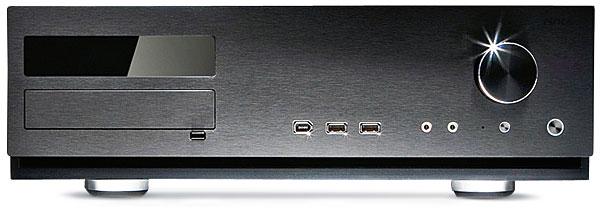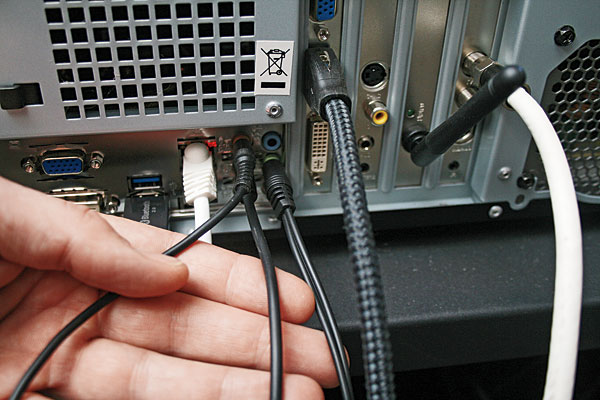I am ready to make the plunge, mainly due to iTunes Match, YouTube and Netflix. I already watch a good bit of video from my Win7 PC, but it has no HTPC integration, at all.
Two questions -
Do you have any recommendations for integrating with DirecTv?
and
If I don't do OTA HDTV, can I delete the tuner card? I would think so.
Thanks for your response and this great site.







































































